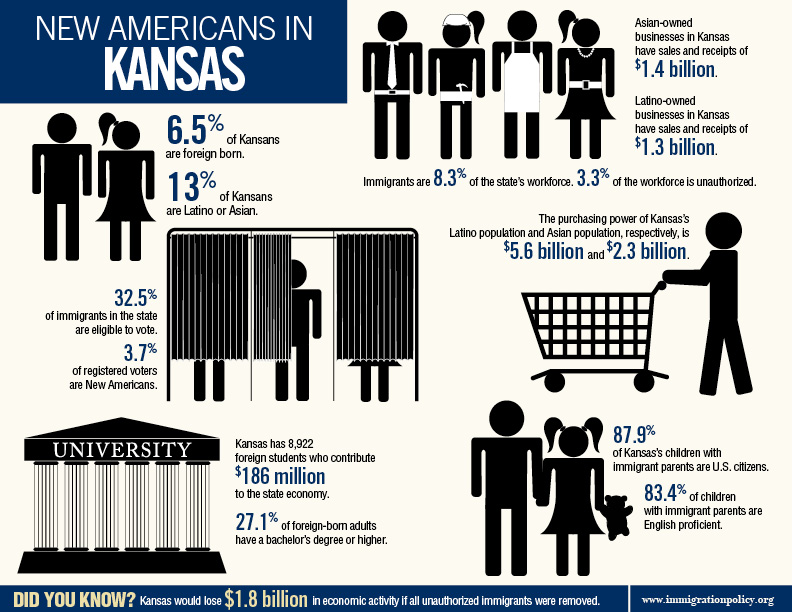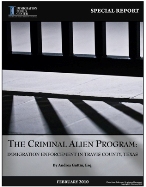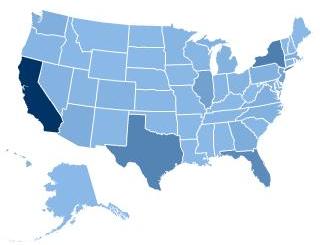State-level immigration laws don’t pay off. That’s the consensus from business and agricultural...
Get the Facts
If all of the unauthorized immigrants in California were removed, the state would lose $301.6 billion in economic activity, decrease total employment by 17.4%, and eliminate 3.6 million jobs.
IPC in the News
Unreliable databases could cost even citizens their jobs
-
06/07/12
Nearly everyone agrees that our immigration system is broken and in desperate need of reform....


 The Political and Economic Power of Immigrants, Latinos, and Asians in the Sunflower State (Updated January 2012)
The Political and Economic Power of Immigrants, Latinos, and Asians in the Sunflower State (Updated January 2012)


